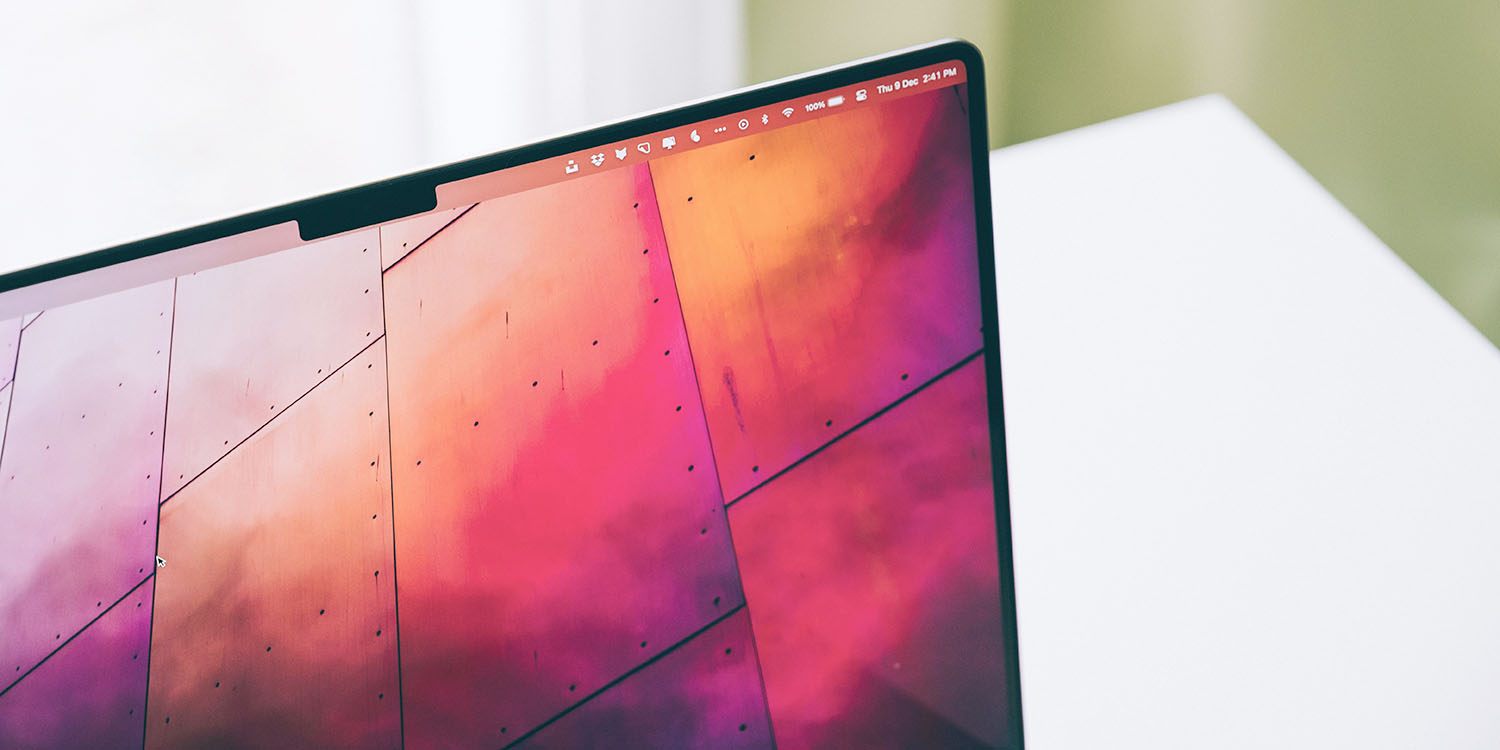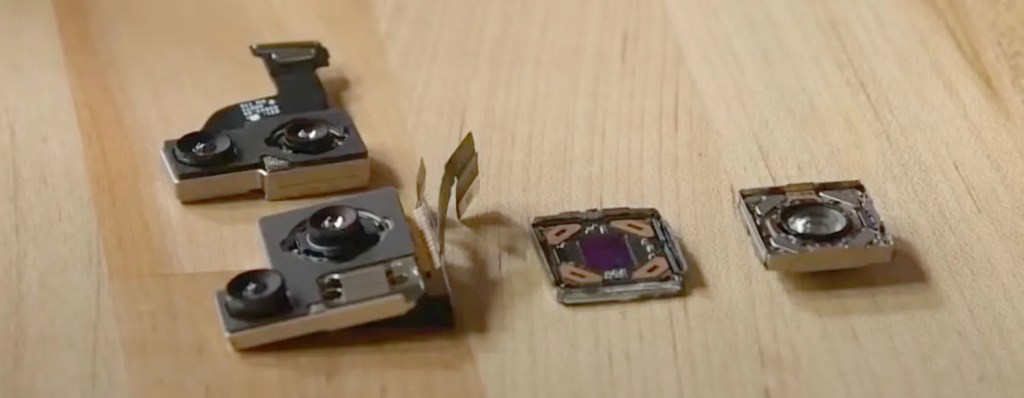
Apple has been awarded a second patent for a way to implement MacBook Face ID, but we’d still caution against expecting it to happen any time soon.
That’s both because of the company’s past statements about the idea, and a specific technical challenge involved in implementing it in MacBooks …
Patently Apple spotted an initial patent for this more than six years ago, before Face ID even made it to the iPhone – and has today found a second one. It is, of course, written in the usual barely comprehensible patent language.
This application relates to a laptop computer. The laptop computer includes a base portion pivotally coupled to a lid portion is described. The laptop computer includes a display assembly carried by the lid portion, where the display assembly includes a light-transmissive cover, a display layer overlaid by the light-transmissive cover, a display stack electrically coupled to and overlaid by the display layer, and a light pattern recognition module adjacent to the display stack and overlaid by the display layer. The light pattern recognition module includes (i) a light pattern projector that projects a light pattern directly through the display layer […]
The described embodiments relate generally to a biometric authentication module for authenticating a user of a portable computing device. More particularly, the described embodiments relate to a light pattern recognition module that is capable of emitting a predetermined pattern of light at the user, and subsequently detecting a pattern of light that is reflected by the user for authenticating the user.
Aka a Face ID module in the notch of a MacBook.
The feature has been a common request by MacBook owners, with many expressing surprise and disappointment when Apple didn’t introduce it when it created models with a notch.
Apple has said there’s no reason to add it
Back in 2021, when the WSJ’s Joanna Stern asked Apple why Face ID wasn’t included in the M1 Pro and Pro Max versions of the MacBook Pro, the company said Touch ID was a better solution.
And Face ID? When I stare at the laptop’s giant notch, I wonder why I can’t unlock the machine with my face. Mr. Boger said Touch ID is more convenient on a laptop since your hands are already on the keyboard.
That’s likely a somewhat disingenuous response, since the real reason is likely a technical one.
One technical challenge has been solved
One technical problem with implementing Face ID in the Mac is that there’s not necessarily a clear signal to trigger it. For an iPhone, it’s easy, as it can detect you picking up your phone, and then activate Face ID.
Sure, if your MacBook has a closed lid, and you open it, that bit is fine. But many people leave their MacBook open on the desk, either manually putting it to sleep, or letting it automatically sleep. In that case, how would the Mac know when you return to sit in front of it? And if you have to press a key to wake it, why not simply have that be the Touch ID key?
Apple solved that one in a previous patent – by adding “scanning for faces” to Power Nap, where a sleeping Mac is still able to carry out certain background activities without using much power.
The Mac can remain in sleep mode while doing the easy bit – just figuring out whether or not any face is in view – and then enter a higher powered mode to run the facial recognition part before fully waking the machine.
But there’s a more fundamental problem
Top comment by ECHLN
I’d agree if when I press the power button, it also automatically logs me into my Mac
There is, though, a more fundamental problem: the depth of the Face ID tech. The lid of a MacBook is very slim indeed, and there’s nowhere remotely close to the depth required to embed this tech into it.

Yes, Windows Hello manages it, but we’ve previously explained why that’s not the same thing.
It does fit into some Windows laptop lids. But if you look at most laptops that offer it, they are either somewhat chunky devices or, very commonly, convertible devices where the screen is actually a tablet, with the depth that implies.
But Windows Hello is in any case a less sophisticated form of facial identification, which is easier to fool with photos and masks. It’s exceedingly unlikely that Apple would be willing to swap out its highly secure Face ID setup for a less secure version.
I’m sure Apple will get there in the end, but likely not any time soon.
Photo: Rahul Chakraborty/Unsplash
FTC: We use income earning auto affiliate links. More.



Comments